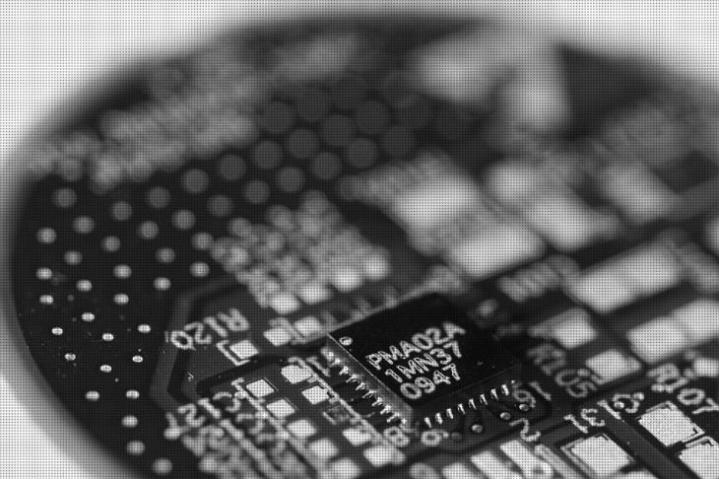
Incorporating wireless charging mats into tables in coffee shops and fast food restaurants is all well and good, but inside a car? Yeah, that makes real sense.
Drivers with a handset fast running out of juice may be reluctant to pull over to sort out their device, choosing instead to risk life and limb by fiddling with the cables and connections while driving along at speed. Much better to simply place it on a charging surface, right?
Ran Poliakine, chief executive officer of Powermat, told Bloomberg this week that a number of GM cars will hit the market next year offering wireless charging for compatible mobile devices – or those inside a case offering the functionality.
The fact that GM is using Powermat for the wireless technology comes as no surprise – the automaker is an investor in the company.
As Bloomberg pointed out, GM won’t be the first car manufacturer to incorporate wireless charging technology into its vehicles, as both Toyota and Chrysler have from this year been offering similar systems in several of their cars.
The Detroit-based car company confirmed that it’s working to bring Powermat’s technology to its vehicles, but “for competitive reasons” declined to name which cars or precisely when it will happen.
Competing systems
Wireless charging has been around for years but still hasn’t really taken off, partly because an industry standard is still yet to emerge. The Wireless Power Consortium’s Qi charging technology has gathered a lot of support, with more than 150 companies – including Samsung, Nokia, HTC and Sony – pushing for it to become the global standard. Google’s new Nexus 7 is, incidentally, Qi compatible.
According to analytics firm IHS, the technology could really take off in the next couple of years, with the company forecasting that global shipments of devices capable of wireless charging will skyrocket from 5 million units in 2012 to a colossal 100 million by 2015. For those sick of lugging around a mass of knotted cables and wires for their myriad of devices, widespread use of the technology can’t come a day too soon.
[Image: Powermat]


